Window treatments transform spaces throughout the home into aesthetically pleasing comfort zones complete with functionality and satisfaction.
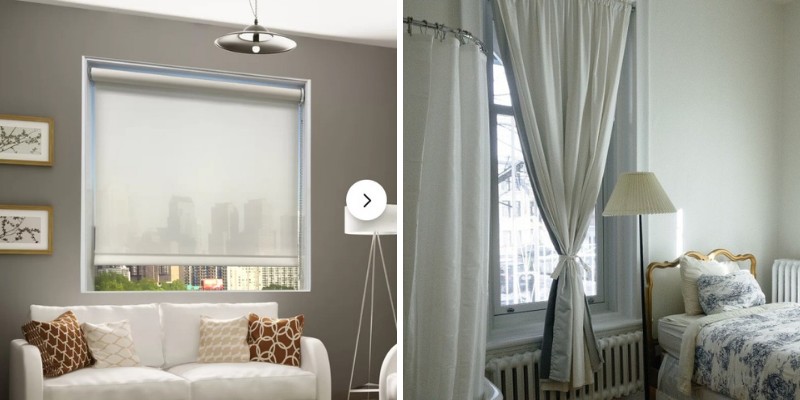
Regardless of window size, budget, or personality, nice window coverings embellish each room with charm and personality unique to your family.
In this article we have researched the most popular window covering/treatment types that you can use for your own home, so let’s see them below.
What are Window Treatments?
A window treatment is defined as a covering or modification placed over an interior or exterior window. The window treatment serves functional and decorative purposes.
Window treatments come in three main styles with tons of available options in each category:
- Soft window treatments such as curtains
- Hard window treatments such as shutters
- Layered window treatments such as valances
A properly dressed window defines the interior of the home. Window treatments dress the window, instantly creating the polished interior homes deserve with capabilities of suiting every aesthetic style and personality.
Ready to forego the boring blank canvas and recreate the home of your dreams? Learn more about the many window cover offerings and how to pick the perfect choices for your home windows.
Types of Window Treatments
With so many types of window treatments, how do you know which one is right for your room? Learn more about the different window cover options to ease the selection process.
1) Shades
Window shades pull up and down with help from a cord or lifting mechanism. They come in assorted styles and give character to any room.
1a) Roman Shades
A hybrid design rotating between roller shades and balloon shades, Roman shades hang flat when closed but open to horizontal pleats when opened. The shades are made of heavy fabric material and come in a range of patterns, styles, and colors.
1b) Roller Shades
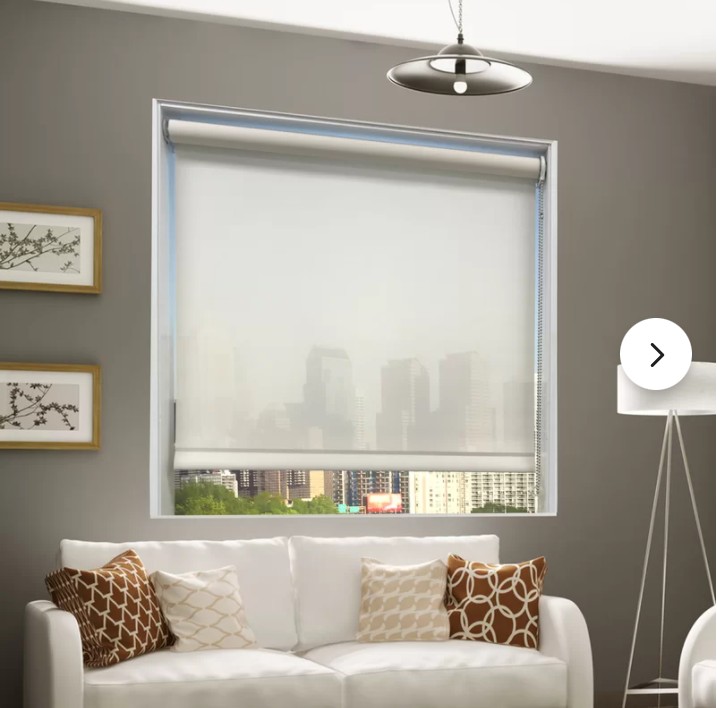
Roller shades fit into the window casement. They pull up and down using a pulley system. Roller shades block out light and allow users to choose their level of privacy. The shades even radiate warmth into the interior of the home when temperatures outside drop cold.
1c) Cellular Shades
Also known as honeycomb shades, Cellular shades feature a ⅜” double cell, honeycomb design made from fabric-like pleats.
The shades help regulate room temperature and keep cool air out of the home, making them ideal for colder weather environments. Cellular shades come in many fabric and design choices.
1d) Solar Shades
Solar shades block out light, reduce glare from the sun, protect against harmful UV rays, prevent furniture fading, and much more. Solar shades work great in rooms with excess sunlight shining through.
1e) Pleated Shades
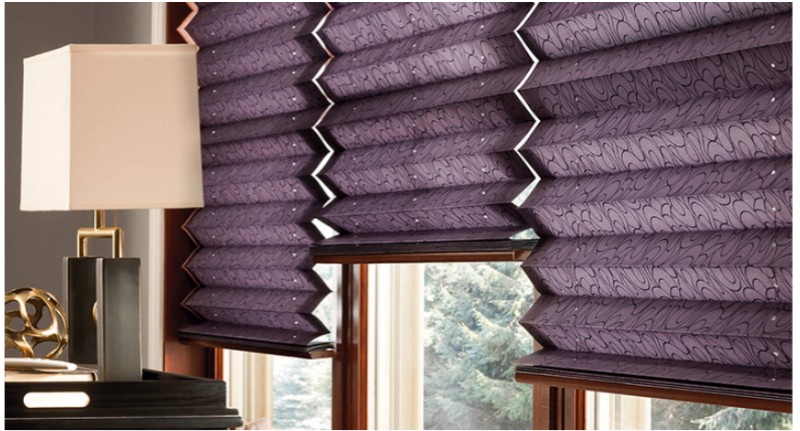
Pleated shades look like cellular shades, minus the honeycomb design. Pleated shades are easy to operate, stylish, and affordable. Choose from a range of fabrics and decorative colors and styles.
2) Curtains
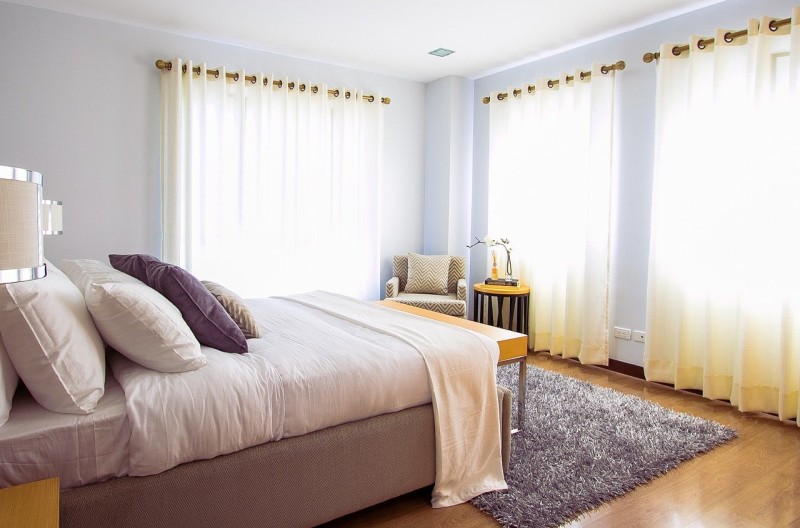
Linen, solid, blackout, and sheer materials are among the choices of available curtain styles. Constructed of fabric panels placed over the window, curtains usually come in pairs.
Find curtains sold in various lengths, weights, styles, colors, and designs with choices specific to each room in the house.
3) Shutters
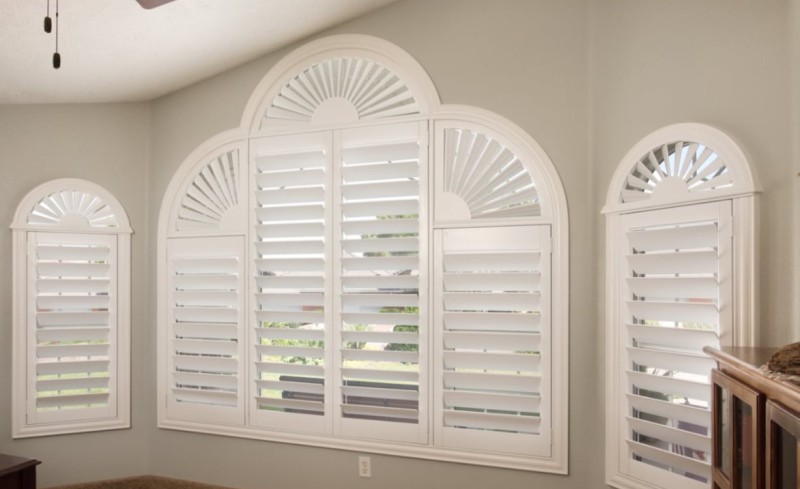
For a classic style, choose shutters as your window treatment. Featuring 1 ¼”, 2 ½”, 3 ½”, or 4 ½” louvers or slats, shutters block more light out of the house and deliver added privacy and other window treatment options.
Like other window treatments, shutters come in a plethora of styles and colors for exterior and interior usage.
Especially shutters used on the exterior of the window they help protect also the whole window from weather conditions and offer extended privacy and physical protection.
4) Drapes
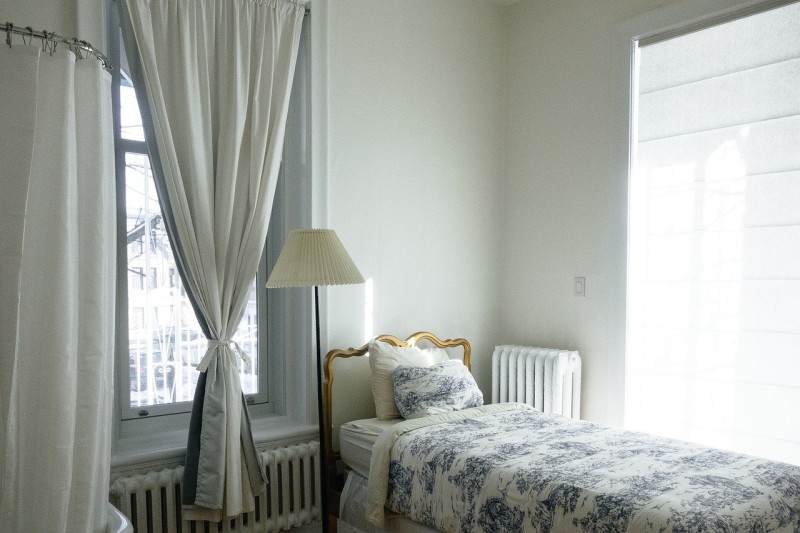
Drapes, like curtains, are fabric panels placed over the window to block out light and add privacy and appeal to the home.
The biggest difference between curtains and drapery is that drapes have lining in the back, making them stronger and more durable than their opponent.
5) Venetian Blinds
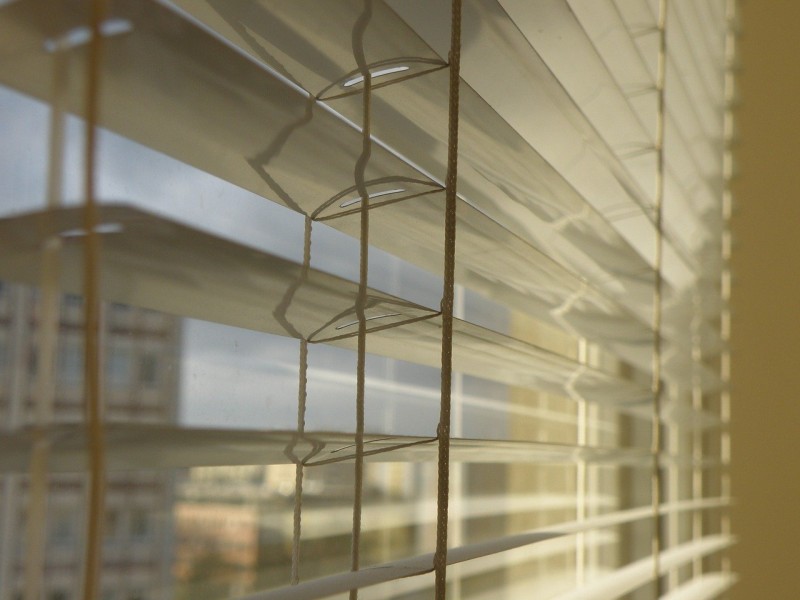
Venetian blinds feature 2″ slats made from wood, plastic, or aluminum material. The blinds suspend open and closed with help of a cord that allows 180-degree slat rotation. Venetian blinds are the most used type of blinds in homes across the United States.
6) Louvered Blinds
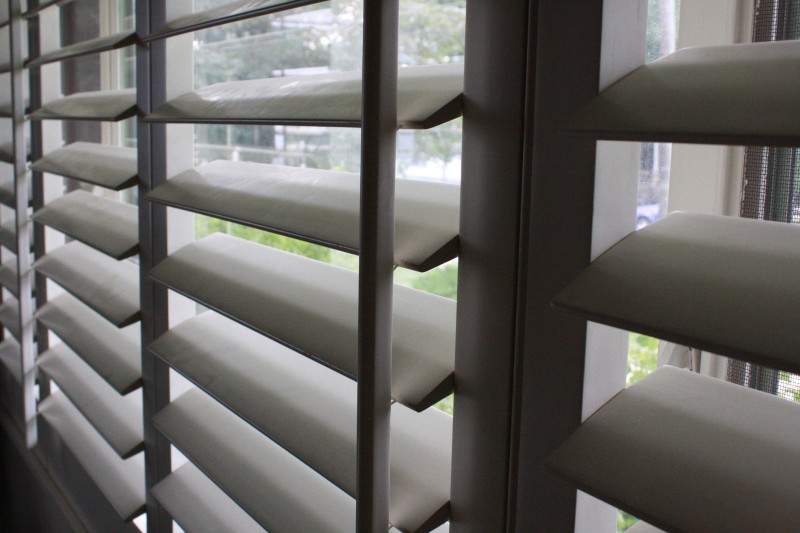
Louvered blinds feature an arrangement of angled slats that allow light penetration and airflow regulation inside of the home. The blinds help block moisture and sunshine out. This type of blind is most often made from wood, plastic, PVC, or metal materials.
7) Valance
A valance is a narrow strip of fabric that runs lengthwise across the top of a window. The valance can hide window or window treatment hardware as well as add decorative flair to the room. It is most often used with a curtain or with drapes but pairs well with blinds and shades.
8) Window Quilts
Offering all the protection and privacy as traditional shades, window quilts offer an added blanket of insulation and style to the window.
The quilt blind usually is face-mounted but may also be pulled up to fold the fabric. The Window Quilt provides added privacy and may reduce noise from outside.
9) Window Film
A thin, strong, and pre-treated polyester laminate placed over the window, window film blocks out as much as 55% of outdoor heat, keeping homes cooler during the summer. Window film reduces winter heating temperatures by as much as 30% and substantially reduces exposure to UV rays.
10) Panel Track Blinds
An alternative to vertical blinds, panel track blinds are ideal for sliding glass doors, patio doors, and other oversized windows. The panels can be mounted to the ceiling or wall and feature fabric panels that slide back and forth to open and close.
Advantages of Having Window Coverings
Window treatments filter out sunlight, protect windows against weather damage, add privacy and peace of mind, and create a more aesthetically pleasing home complete with an ambiance, style, and extra comfort.
More advantages of dressing the windows in your home with window coverings:
- Privacy: What happens in your home should be kept private. Window treatments ensure family matters stay that way. With the assortment of window treatment options, you’ll control the level of privacy offered to you in each room of the home.
- Light Control: The material of the window treatments installed on your windows impacts the amount of light allowed to enter a room. Whether you’re all about that natural lighting or prefer things a bit darker, window treatments perfectly suffice your needs.
- Appeal: Whether you want to add a dash of color, blend in palettes of color, or adorn a room with a particular design, window treatments add the right amount of what you need through a space-efficient setup.
- Protection: Protect furniture, flooring, artwork, wood, and other surfaces from harmful UV rays and the damage sunlight can cause with the right window treatments in place to block them out.
- Energy-Efficiency: Window treatments offer various levels of insulation for the home, giving protection both during summer and winter months. For example, closing blinds during the summer can keep heat out while during the winter, opening them allows warmth from the sun to come inside the home.
Things to Consider When Buying Window Treatments
Now that we’ve covered the basic types of window treatments and why you need them, it’s time to learn how to pick them!
First things first: what type of window are you covering with the product you want? This information alone eases the selection process when trying to decide which type of window treatment to buy.
The best window treatment accomplishes your desired outcome for that window style.
Next, determine the purpose of the window treatment. Do you want to keep light out of the house? Want to let more natural light in? Are you going for style and nothing more?
There’s a window cover option for that. Material matters when choosing a window treatment. Decide the purpose of the product and narrow down the selection.
- Light enters south-facing windows more often than windows facing other directions. This can make activities like watching TV difficult. UV rays can also damage furniture, flooring, and more.
- Blackout drapes offer the best means of privacy.
- Cellular shades work wonderfully in rooms where you want more control over the environment.
- Choose window treatments on a room-by-room basis since each may demand a different covering to accomplish your goals.
- Experts recommend drapery in living rooms if you want to make a statement
- Blackout curtains and shades maximize comfort in the bedroom while sleeping. The curtains and shades also add more privacy to this intimate room.
- Shades give the kitchen a more heartfelt comfort
Related Posts
- How to Protect Sliding Glass Doors from Burglars: Essential Security Tips
- How Long Do Sliding Glass Doors Last? Durability and Lifespan Explained
- Here Are Some Pros and Cons of Textured Walls in Homes
- Why Do Sliding Doors Get Stuck? Common Causes and Solutions
- Comparison of Knockdown Drywall Texture vs Orange Peel
- Some FAQ (Frequently Asked Questions) About Wall Paneling for Homes
Leave a Reply